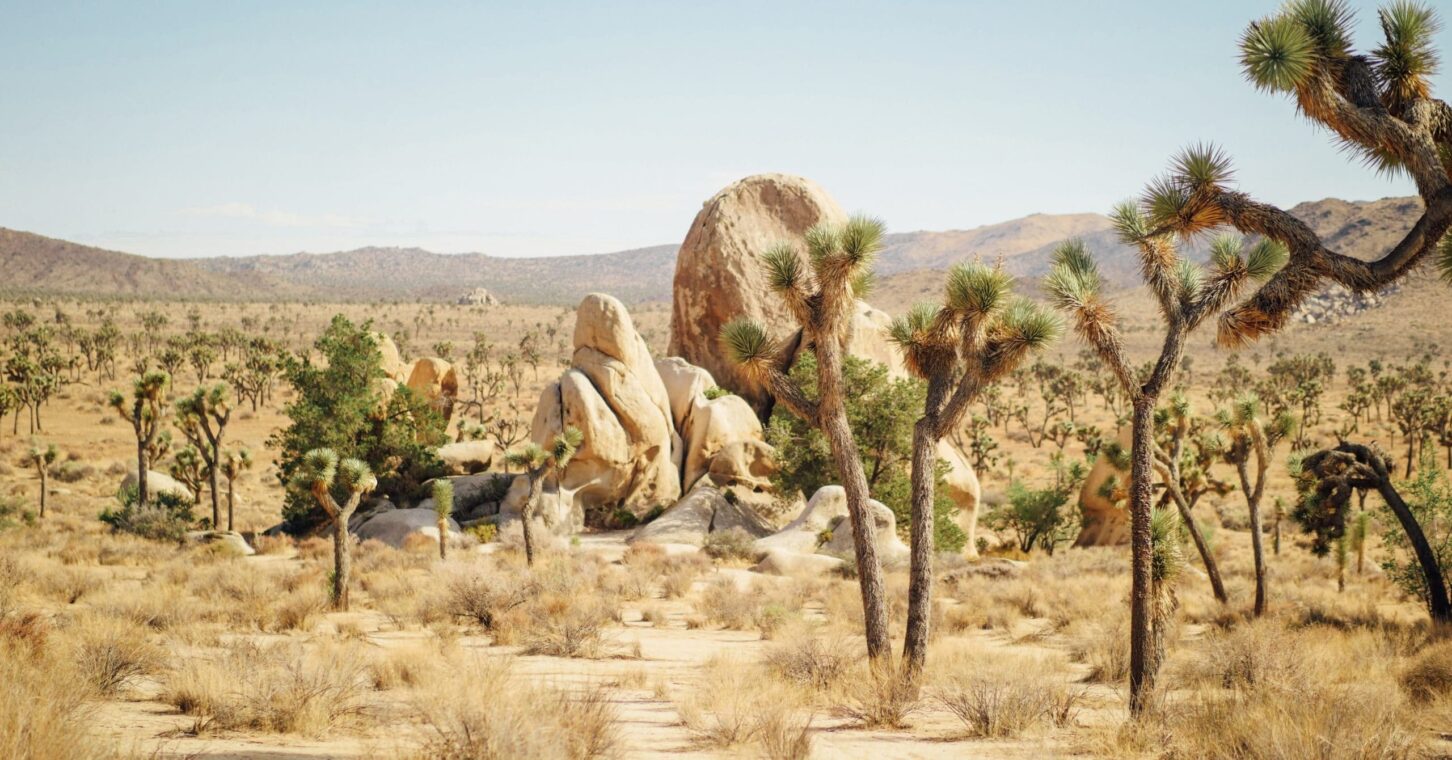
PALM SPRINGS, Calif. — They say it’s only a dry heat. I say, 103 degrees is just hot.
Don’t let the tropical trees fool you. The desert has everyone cornered in this famous oasis. The dust can just about blot out the San Jacinto Mountains, as it did the day before I headed home from the conference that brought me here. The eponymous peak of that range reaches two miles into the sky, so kicking up a sandy curtain before it is no small feat. Here, nature can overpower anytime it wants.
I had joked to a colleague before the trip that, despite the dryness, we would be looking at the future west coast. The San Andreas fault runs just north of town. The “big one,” as they say, is coming someday.
(I briefly thought I would be buried by plates of crow when, about half an hour after falling asleep my second night in town, I awoke suddenly to my hotel room rattling. It was an actual earthquake, 3.8-magnitude, the epicenter just a few miles from where I lay. Nothing so much as fell off my desk, and the news accounts the next day were so routine as to be, in at least one case, the product of an AI news bot. But suffice it to say, I’ll not soon indulge in such pre-schadenfreude.)
My colleague and I drove early one morning through nearby Joshua Tree National Park. Our generation grew up associating the bizarre namesake trees with the Irish rock band U2. But my thoughts drifted to earlier generations as we navigated an unforgiving landscape marked by boulders and piles of boulders.
What drove explorers to persist through a place like this? And the pioneers who followed them? Even the earliest ones surely believed an ocean lay ahead, somewhere. But for all they knew, the desert stretched all the way to the coast, sands begetting sands.
I’ve entertained similar thoughts over time about those settlers forging into the great northern plains, withstanding brutal winters for … what advantage, exactly?
There is a darker side to Manifest Destiny, of course. We can acknowledge that, and the harm visited upon generations of those who predated the white settlers of these lands, even unto today, while also marveling at the indomitable persistence of those who pursued it.
Back at Joshua Tree, the range of flora on display was similarly evocative. Bushy pinyon pines, forbidding cacti of various types, fragile desert wildflowers, sturdy shrubs, neon lichens (growing on those boulders) — all spoke to a persistence of life itself that seems impossible at a distance.
Perhaps those pioneers, casting their eyes toward any sign of hope along their unfolding path, gained inspiration from the twinkling white flowers of the creosotes they encountered: Life is possible here. A life is possible here. Carry on.
Still, traveling the desert, even in a modern automobile, requires some humility. Being caught unprepared may not be a death sentence in a popular national park where other travelers are bound to cross one’s path. But this is not a place to be trifled with, with its vastness and harshness.
Many of us have a sense that these key values, persistence and humility, having shaped our nation early on, are in short supply in our society today. There is some truth to that.
But perhaps there is more going on. Perhaps, like the hardy scrub brush of the desert, these values still survive in what seems like a harsh time in our national history. They survive in the entrepreneurs betting on themselves, in the workers of two and three jobs believing one day they’ll catch a break, in the parents sacrificing to provide a better life for their children.
People still live out these values all around us, if not always in the headlines. Perhaps we can find inspiration when we recognize them, to tide us over until we’ve crossed the desert.